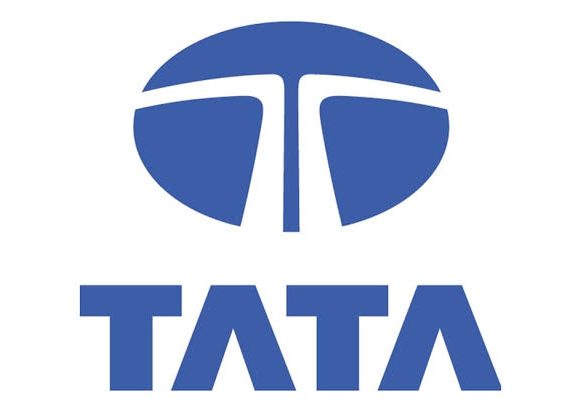BREXIT AND THE BOOST FOR GOLD- Shri. V.P. Nandakumar

Outlook for gold price
Gold price is, by and large, inversely related to interest rate being non-interest bearing. Any rise in uncertainty in the global market, and risk-averse investors pull out money from risky assets to park in safe haven investments like dollar denominated bonds and gold. Similarly, falling interest rates nudge gold price higher as the opportunity cost of holding the asset falls.
The slow pace of recovery after the 2008 meltdown has compelled central banks across the globe to maintain low, even negative, interest rates to stimulate growth or to shore up whatever little of momentum there is. This easy money stance with interest rates held artificially low increases risk appetite. A significant chunk of this money then gets diverted to emerging markets in quest of higher returns pushing up stock indices in these parts while the lack of positive returns from bonds makes gold more attractive to hold.
The latest data from the World Gold Council shows record investment in gold in the first half of 2016 with investors buying 1,064 tons during the first six months of 2016, 16 percent more than in the first half of 2009 when the financial crisis was most acute. Investment, rather than jewellery, was the largest component of gold demand for two consecutive quarters, which has not happened before. Individual investors, recoiling from historically low interest rates on bank deposits, have also been buying up gold bars and coins. Demand for the U.S. gold Eagle coins has jumped 84 percent this year.
Not surprisingly then, Bank of America analysts in July upped their target on gold to $1,475 noting, “the world has been walking from crisis to crisis and we see risks that this may not change.” Analysts with Credit Suisse have suggested that $1,500 an ounce mark could be tested by the end of the year in view of the prolonged macroeconomic uncertainty while UBS says gold “is more compelling than ever” today because of low and negative interest rates and global geopolitical risks.
Continue








